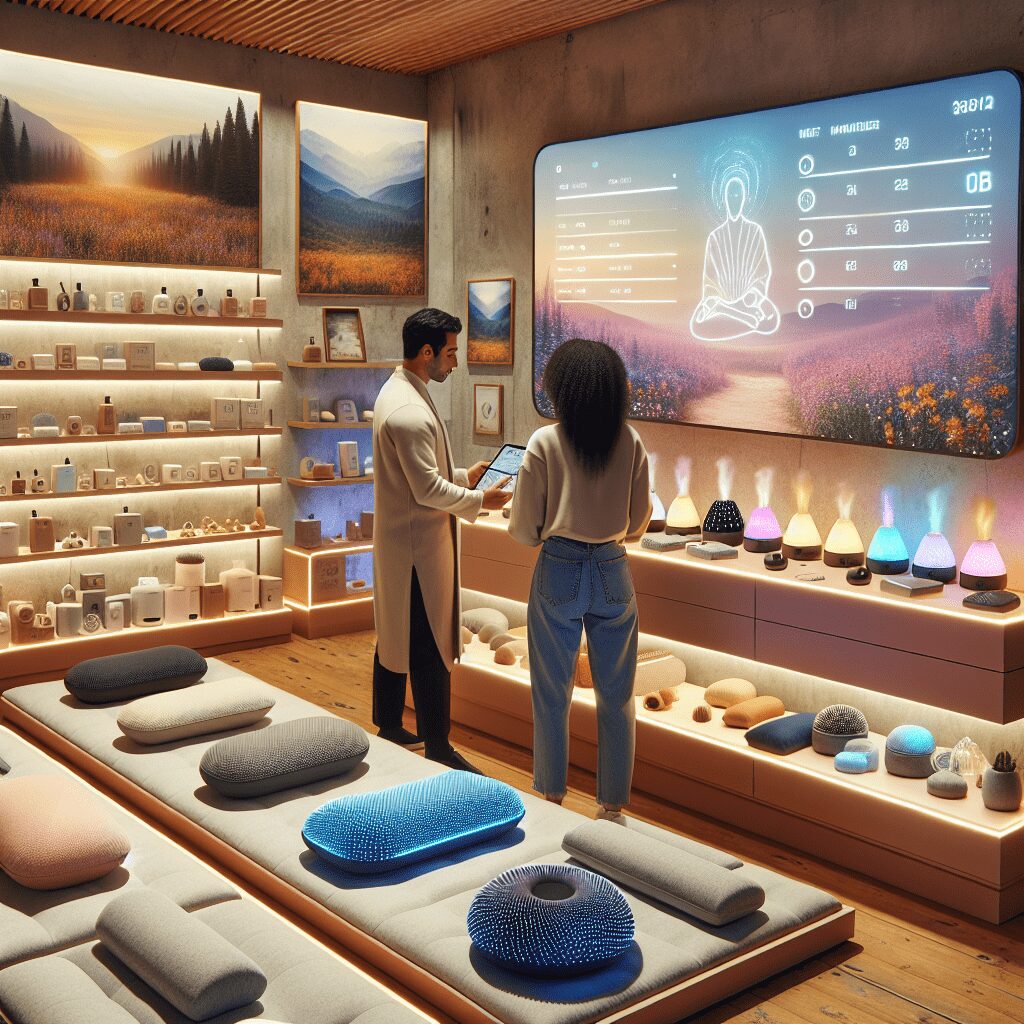
Prioritize your mental well-being daily. Enhance your life by nurturing your mental health with the Smart Meditation app. Break free from stress, alleviate anxiety, and enhance your sleep quality starting today.
How Many People Suffer From Anxiety And Depression In The Us?
The Enigma of Anxiety and Depression: A Closer Look at the U.S. Scenario
Navigating the complex world of mental health, it’s no secret that anxiety and depression stand as towering giants in the landscape of afflictions troubling Americans today. The question isn’t merely, “How many?” but dives deeper into understanding the multifaceted implications on society, healthcare, and the very fabric of daily life for many.
By the Numbers: A Tale of Silent Echoes
In the realm of mental health, two giants cast long shadows across the United States: anxiety disorders and depression. These conditions, far from being unfamiliar acquaintances in the lives of many, are distressingly common, affecting a sizable chunk of the populace. Let’s break it down, shall we?
Anxiety: The Unseen Adversary
Hitting the stats, anxiety disorders affect a whopping 40 million adults aged 18 and older in the U.S. That’s about 18.1% of the population every year, folks. Despite being highly treatable, a mere 36.9% of those suffering receive treatment. Now, isn’t that a kicker?
Depression: The Quiet Storm
Swinging over to depression, the figures aren’t any less concerning. Major depressive disorder impacts more than 16.1 million American adults or roughly 6.7% of the population over 18 in a given year. Just like its cousin anxiety, depression often sits at the dinner table, unaddressed and overlooked.
Navigating the Fog: What’s Being Done?
Alright, you’ve got the numbers. But what’s being done to steer the ship through the fog? Let’s hash it out:
-
Awareness and Destigmatization: Movements and campaigns left, right, and center are working tirelessly to chuck the stigma out the window. By fostering open conversations, the aim is to make seeking help as normal as grabbing a coffee with a friend.
-
Access to Care: With telehealth becoming the new black, reaching out for help is easier than ever. Clinics, private practices, and online platforms are expanding ways to provide support, from therapy sessions to medication management.
-
Education: Knowledge is power, right? Schools, workplaces, and community centers are increasingly emphasizing the importance of mental health education, aiming to arm individuals with the know-how to recognize symptoms in themselves or others.
A Beacon of Hope?
So, there you have it. While the numbers might seem daunting, strides are being made every day to cut through the fog. It’s a Herculean effort requiring society’s collective shove, but the wheels are in motion, turning slowly but surely.
To all those navigating these turbulent waters, remember, it’s perfectly okay to reach out for a lifeline. After all, braving the storm together makes for a stronger ship – and a brighter horizon ahead.





